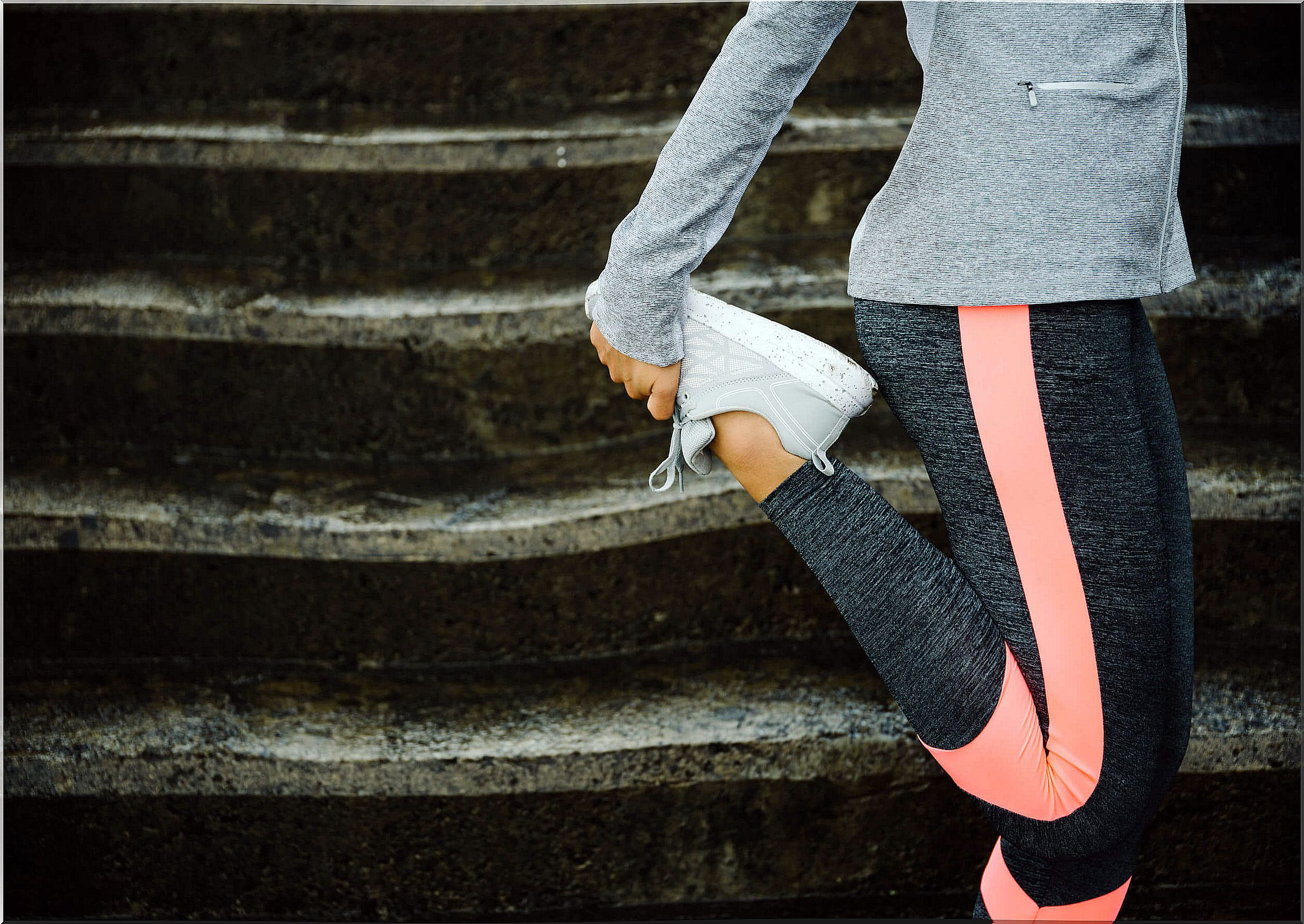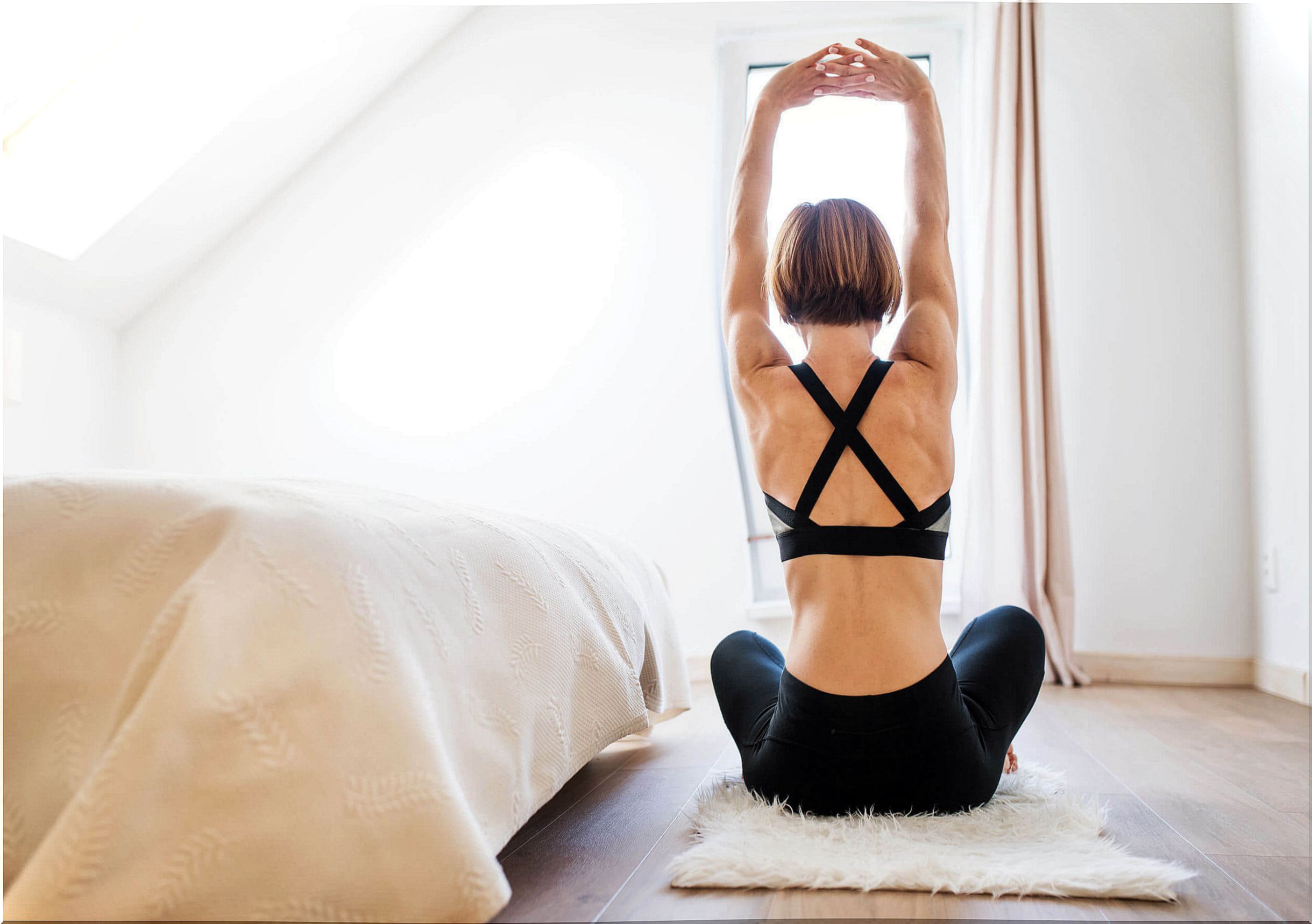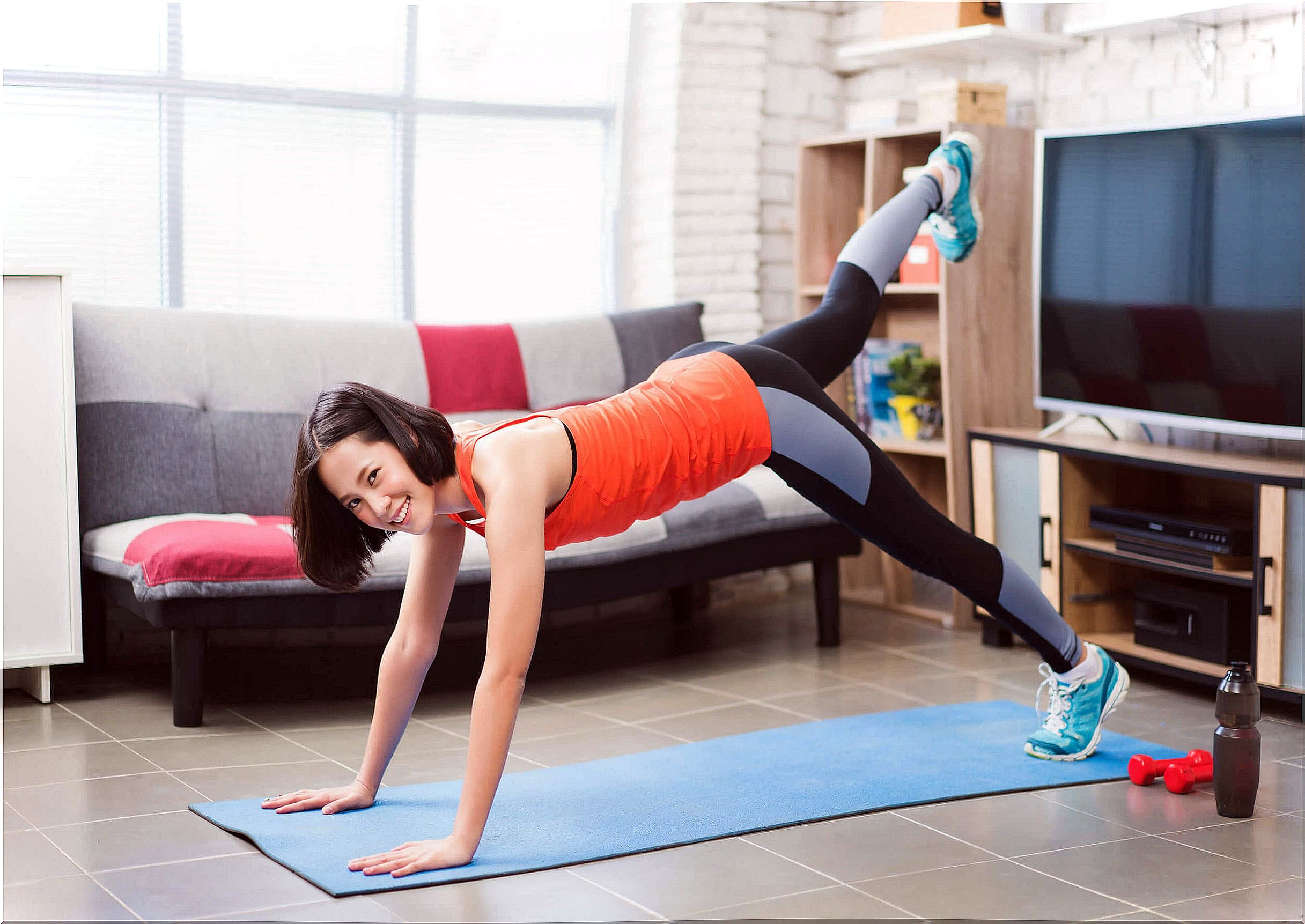The Best Exercises To Increase Flexibility
Even if you don’t have any flexibility at first, you should be patient and keep practicing the exercises, as this is the only way to improve this basic physical ability.

How many times have you heard another person say that they have no flexibility just because they can’t touch the balls of their feet. While it is true that many are naturally elastic, this is a skill that can be developed if you train it properly.
Flexibility is the ability to stretch that muscles have, without causing any damage. This is determined by two elements: muscle elasticity and joint mobility.
If you are a flexible person, the muscles will be able to lengthen to the maximum and then recover their original shape, in addition to having very dynamic joints. In general, women are more flexible than men, but in both cases it is a capacity that can be improved.
What factors influence flexibility?

There are certain components that determine whether a person is more or less flexible. The most important are the following:
- Genetic factors: it is not a secret that there are individuals with innate flexibility, while others lack it almost completely.
- Age: children tend to be very elastic, while with the years mobility in the joints is lost, as explained by a study published in the journal National Strength & Conditioning Association . As the various segments of the body become more rigid, it is increasingly easy to suffer trauma, contractures and tears.
- Inappropriate postures: if they are maintained for a long time or are constant, they can affect the muscles and even atrophy them. Also, a Mayo Clinic publication states that poor posture predisposes to injuries and pain in various parts of the body.
In addition to the above, there are other factors that influence to a lesser extent, such as the time of day, body and ambient temperature and the level of physical training of the individual.
The best exercises to increase flexibility
One point worth noting is that the greater a person’s flexibility, the more likely they are to perform better in relation to fitness.
This is largely due to the fact that, as we explained earlier, there is a lower risk of experiencing injuries, tears or contractures, resulting in fewer interruptions in planned training and competition.
Here we show you a series of exercises based on the discipline of yoga. These are very effective in improving flexibility, as a study published in the Journal of Sport and Health Research showed .
Beyond this, we recommend that you consult a specialist before performing them to confirm that you are not at risk of injury.
Remember also that you should always warm up beforehand so that the muscles are ready to work. If you experience pain, stop exercising.

Touch the feet
- Spread your legs shoulder-width apart, with your arms relaxed on either side of your body.
- Then turn your left foot outward.
- Inhale and exhale slowly while leaning your torso to the left as well.
- Extend your right arm upward and reach for your heel with your left hand.
- Look straight ahead.
- Hold the pose for 20 seconds.
- Go up slowly and repeat with the opposite side.
Lobster pose
- On a blanket on the floor, lie on your stomach and spread your legs. Leave your arms at your sides, palms facing down. If you already have a little more flexibility, you can bring your elbows together by placing your arms under your body.
- Now relax, inhale and lift one leg without bending it.
- Exhale as you lower your raised leg.
- Later with a significant activation of the lower extremities and abdomen, stretch both legs as far as you can at the same time.
- Hold for 10 seconds and lower.
- Do three reps.
Downward facing dog pose
- First, get on your knees on the blanket.
- Rest your hands on the floor with your fingers wide open.
- Then stretch your legs as far as you can.
- Take momentum with the balls of your feet and raise your hips, without removing your palms from the ground.
- Relax your head and shoulders as you inhale and exhale.
- Hold the pose for 30 seconds; You should feel the tension in your muscles, but it shouldn’t hurt.
- Do three reps.
Child’s posture
- Kneel on a blanket and bring your knees together. Bend your legs in line under your buttocks.
- Inhale and exhale slowly as you lean forward.
- Now lower your head and put your elbows on the ground.
- You should feel your glutes drop onto your heels and your spine and back muscles stretch.
- Once you achieve this pose, hold it for 30 seconds or more.
Cat pose
- To start, kneel on a blanket and rest your palms on the floor.
- Without taking them off, squat down and slowly stretch your legs.
- Extend your arms well and lift your hips.
- Keep your head facing forward for five seconds.
- Then tuck in your glutes and curve your back.
- Return to the original position.
- Do five repetitions; It is a somewhat complex exercise, so don’t worry if you don’t get it right at first.
Gaining flexibility takes time
Be patient! Flexibility doesn’t happen overnight. If you do the stretches every day you will achieve the goal, but this will not be immediate.
Remember that it is always advisable to accompany any physical exercise routine with other healthy habits. Among these we could include a balanced diet, good rest and the reduction of stress levels, something that is also closely linked to the discipline of yoga.









